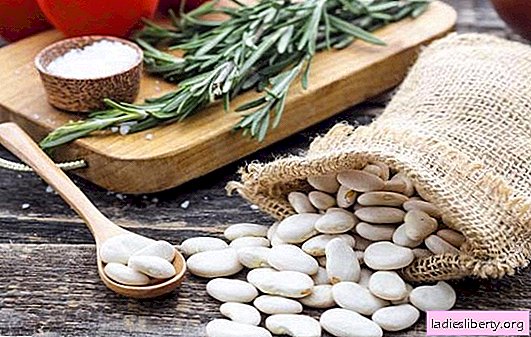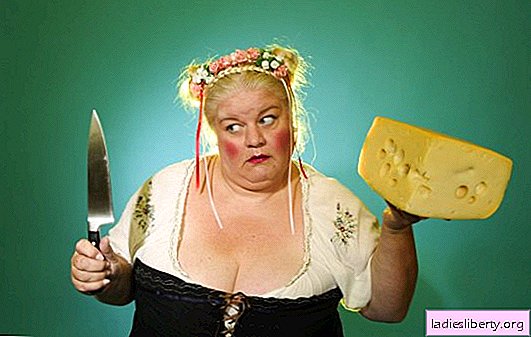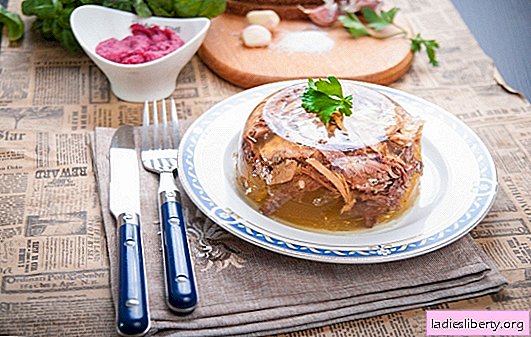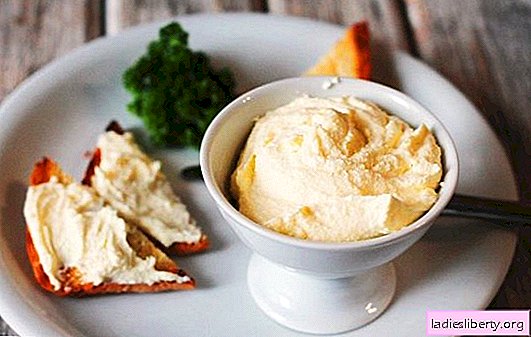
Basma for hair has been known for centuries. Women from all over the world used it as a dye and natural hair conditioner. But is basma relevant in the modern world?
To answer this question, it is necessary to consider the use of basma for hair, as well as its benefits and harms.
What is basma for hair?
Basma is a natural dye that is extracted from the dry leaves of the indigofer plant.
This shrub grows in countries with a tropical climate, and in addition to basma, it gives the shade of the famous dye of jeans - indigo.
Basma was used in ancient times and was used not only for hair care, but also for dyeing clothes, fabrics, and ink.
Useful properties of Basma for hair
Basma, like any natural product, has a number of advantages, thanks to which it significantly outperforms chemical dyes.
The main advantages of this natural dye are:
• High Vitamin C Content
• Pure natural product
• Disinfecting and wound healing effect on the scalp
• Content of nutrients
• Positive effect on the scalp
Since Basma is an environmentally friendly product, it goes without saying that its composition does not adversely affect the hair and scalp.
Moreover, this dye has anti-inflammatory and wound healing properties. Due to this, the product neutralizes the inflammatory processes of the scalp and destroys various microbes and bacteria, disinfecting the area of its impact.
Basma is also able to cope with dandruff and hair loss. The composition of the dye, rich in resin, wax, as well as mineral and tannins, moisturizes the hair remarkably, gives it shine and unobtrusive volume.
Who would have thought that a dye could have such a number of therapeutic effects. Basma is recommended for people allergic to certain chemical components of hair dyes and sensitive scalp.
The harmful effects of basma on hair
Basma, being an environmentally friendly product, can not do much harm. This dye does not cause allergic reactions and does not spoil the hair as paint with a chemical composition does.
The only point where basma can be harmful is its expired shelf life. At the moment, this dye is sold in special bags, which always indicate the date of production and the expiration date. The use of spoiled basma is fraught with hard and dry hair.
As mentioned above - Basma is not harmful, but has one serious drawback - unpredictability. Without certain knowledge of color and moments of hairdressing, not many manage to get a beautiful, and most importantly, the desired color.
The fact is that basma has a green or bluish tint. To get rid of this problem, you need to mix it with another popular dye - henna.
Basma also acts as a fairly strong dye. On hair that has undergone a bleaching procedure or perming, basma appears too brightly. On natural light curls, the dye may appear an unnatural shade (green, blue, red).
If it was possible to obtain the desired hair color, then after a short effect (2 to 3 months), the hair will still acquire the above shades of green and blue.
Also, it is inconvenient that before the next dyeing (chemical dye, for example), Basma will need to be completely washed off and give the hair time to recover (approximately 1 month) in order to avoid the reaction of the chemical dye with natural.
Often, basma staining makes the hair dry, brittle, stiff and greatly complicates the process of combing.
Factors Affecting Basma Hair Coloring
Unfortunately, basma hair coloring does not give a universal and obviously known effect. The result depends on many factors and here are the most significant of them:
1. Natural hair color
Blond hair is often dyed in a greenish or bluish tint.
2. The temperature of the water added to the mixture
If you add cold water to the mixture, the procedure will be longer.
3. Hair condition
Damaged hair dyes more easily.
4. Duration of the procedure
The duration of the procedure should be chosen relative to the desired brightness of the shade of the hair.
5. Respect for proportions
Each shade has its own ratio of basma and henna. Knowing the correct proportions is a very important factor in staining with basma and henna, because a minimal deviation from the recommended ratio is fraught with the appearance of a completely different shade.
How to care for hair after staining with basma and henna?
Any coloring, regardless of the composition of the dye, can adversely affect the hair. After dyeing your hair with basma, you need to use moisturizing masks and conditioners to maintain the desired color. With the help of these tools, it will be possible to maintain the resulting shade for a longer period.
Do not give preference to shampoos with a strong chemical composition, which will wash the shade out of the hair. It is better to use shampoos designed to maintain staining. Also, you will have to abandon daily shampooing, since natural dyes are washed much easier than chemical paints.
It is recommended to use professional cosmetics for the care of scalp and hair. Preference should be given to products containing panthenol, medicinal herbs and oils. Such cosmetics will help not only reduce the effect of damage after dyeing, but also restore the health and appearance of the hair.
When styling hair with the help of heating appliances, such as a curling iron or a straightener, you should use special thermal protective agents: spray or cream.
Also, it is imperative to devote time to nourishing masks. After basma staining, the number of such procedures should be at least twice a week. This is necessary because, often, basma staining is fraught with dry scalp, which needs regular hydration.
How to fix a bad result after basma staining?
Basma hair coloring does not always give the desired result. The influence of many factors on the painting process can greatly darken the mood due to a poor result.
There is one way not to spoil your mood and improve things. To do this, you just need to heat the olive oil and distribute it along the entire length of the hair, leaving it for 30 minutes. After the procedure, rinse the oil with shampoo. If the effect does not suit you, then you can repeat the procedure until a satisfactory result is achieved. It should be noted that this method can only help if basma was mixed with henna when stained.
In conclusion, we can say that basma is a wonderful natural dye that has healing effects and a number of positive properties, but it is better to entrust hair coloring with basma to a professional, so as not to experience a range of different shades on your hair.











